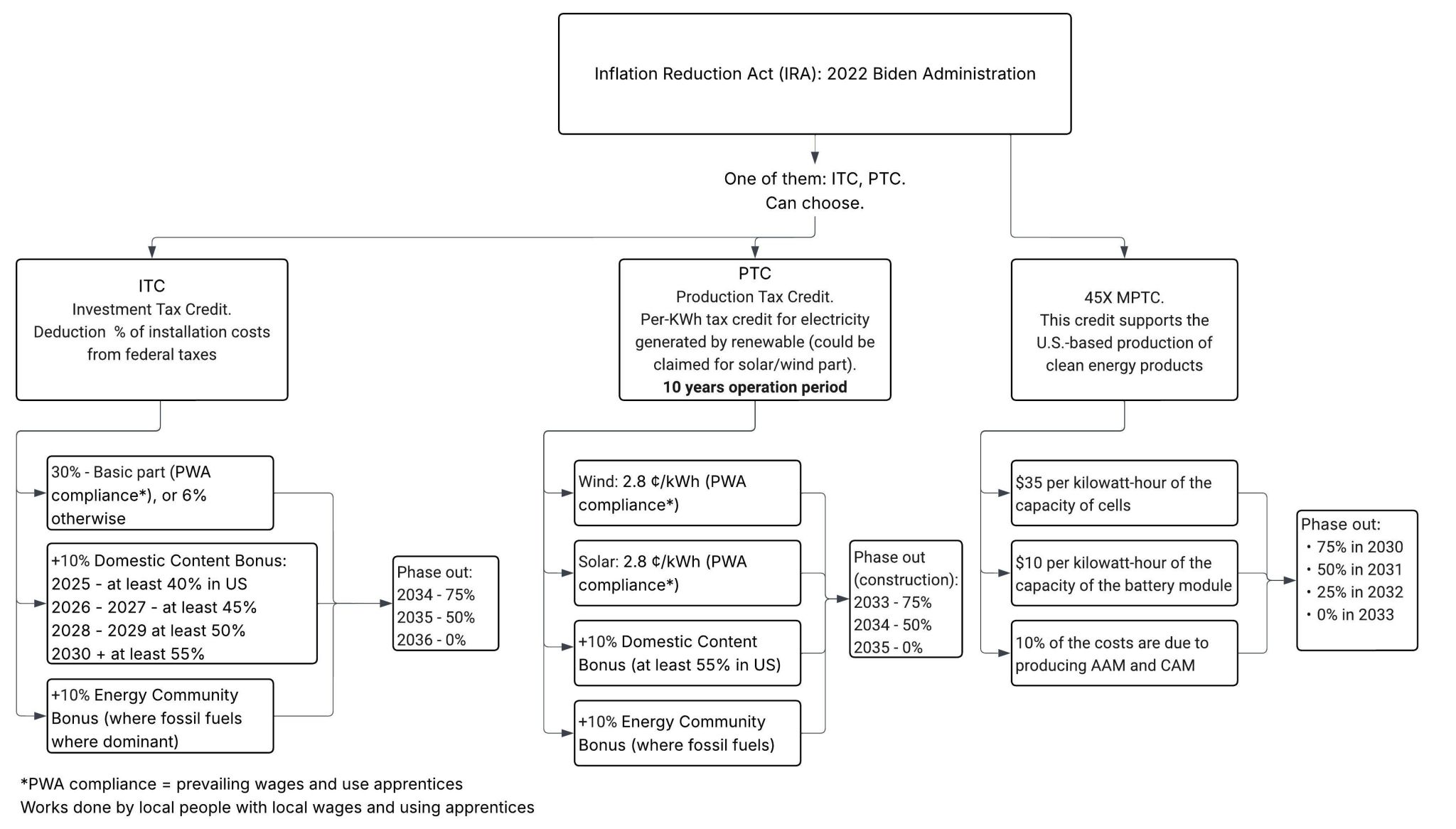𝗔𝗿𝗲 𝘁𝗵𝗲𝗿𝗲 𝗮𝗻𝘆 𝘀𝘁𝗿𝗮𝘁𝗲𝗴𝗶𝗲𝘀 𝘁𝗼 𝗺𝗶𝘁𝗶𝗴𝗮𝘁𝗲 𝗺𝘂𝗹𝘁𝗶𝗰𝘂𝗹𝘁𝘂𝗿𝗮𝗹 𝗿𝗶𝘀𝗸𝘀?
In my last post, I discussed how clashes between different business cultures can lead to team breakdowns, prompting me to investigate how we might minimize this risk. I've engaged in multiple discussions with friends and colleagues from the US, EU, and China to dive deeper into the root causes and potential solutions. Although there's no definitive answer, I can undoubtedly suggest some effective measures.
I will start with my favorite story, which was shared with me by a retired senior manager from a well-known Chinese consumer electronics brand. In the company's early days of international expansion, they undertook significant efforts to shift their employees' mindsets. This included conducting team meetings where senior management interacted with the sales and technical teams as equals, not as authoritative figures, and company-wide removing hierarchical titles such as "Leader Zhao" or "Master Che". It was a journey before the company adapted, and now they are an international leader in their field.
Here's what I've discovered during my discussions:
1) Companies need to raise awareness of cultural differences. This understanding could provide valuable perspectives for decision-makers. Such awareness-building should be an ongoing process to be truly effective. An annual presentation won't have any effect.
2) Supervisors assigned from headquarters should act as "leaders rather than overseers." Their approach should prioritize interpersonal skills over procedural ones, fostering a more understanding and less authoritative environment. They need to be flexible.
3) Having a mediator who understands both cultures can be invaluable. They can help smooth over misunderstandings and bridge cultural gaps.
For instance, I received complaints about engineers napping in their vehicles while working on construction projects. I explained, often humorously to the customer, that in Chinese culture, it's common to have an early lunch followed by a rest period to rejuvenate—an enduring tradition that we must respect. Moreover, these people work the evenings when you do not see them.
4) Another crucial aspect is fostering trust and open dialogue among team members, regardless of location. Regular meetings, site visits, and even informal gatherings like pub days can improve mutual trust. Trust is a critical factor in overcoming language barriers and building the team.
By adopting these strategies, companies can better navigate the complexities of multicultural collaboration and create a way for more successful and harmonious team dynamics.
Also, I hope this post can help or at least give another perspective on the problems multicultural teams face.





